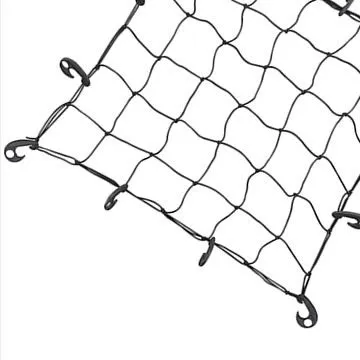Dec . 17, 2024 18:42 Back to list
acoustic mineral fibre ceiling board
Acoustic Mineral Fibre Ceiling Board Enhancing Sound Quality and Aesthetics in Interior Spaces
In contemporary architecture and interior design, the importance of sound quality cannot be overstated. As more people spend time in enclosed spaces—whether in homes, offices, or public venues—managing acoustics has become a necessity. One effective solution to this challenge is the use of acoustic mineral fibre ceiling boards. These versatile materials not only enhance auditory comfort but also contribute to the overall aesthetics of a space.
Understanding Acoustic Mineral Fibre Ceiling Boards
Acoustic mineral fibre ceiling boards are made from a blend of mineral wool and other natural or synthetic fibres. The resulting panels are lightweight, easily handled, and adaptable to various ceiling applications. Their primary function is to absorb sound, which helps to reduce noise levels and enhance the clarity of speech within a room. This characteristic is particularly valuable in environments such as schools, offices, and auditoriums where managing sound can significantly impact performance and comfort.
The panels are designed with specific properties that allow them to act as sound barriers. By dispersing sound waves, they prevent echoes and reduce the overall noise pollution in a room. This acoustic treatment is essential for creating spaces that are conducive to work, learning, and relaxation.
Benefits of Acoustic Mineral Fibre Ceiling Boards
1. Sound Absorption One of the most prominent benefits of using mineral fibre ceiling boards is their exceptional sound absorption capabilities. They can significantly lower the noise levels within a space, improving communication and creating a more pleasant environment.
2. Fire Resistance Mineral fibre is inherently fire-resistant, providing an extra layer of safety within any building. Many manufacturers offer products that meet strict building codes, ensuring that these ceiling boards can withstand high temperatures without igniting.
acoustic mineral fibre ceiling board

3. Thermal Insulation In addition to acoustic benefits, mineral fibre boards also provide thermal insulation. They help maintain a comfortable indoor temperature, which can reduce energy costs and improve the energy efficiency of a building.
4. Aesthetic Versatility Available in a variety of styles, textures, and colors, acoustic mineral fibre ceiling boards can enhance the visual appeal of a space. They can be used in a range of applications, from sleek modern designs to more traditional aesthetics, making them suitable for offices, restaurants, schools, and homes.
5. Sustainability Many manufacturers focus on environmentally friendly production processes, using recycled materials in the creation of acoustic mineral fibre boards. This commitment to sustainability makes them an appealing choice for environmentally-conscious consumers and builders.
Applications in Various Settings
The versatility of acoustic mineral fibre ceiling boards allows for their use in numerous settings. In office environments, they create quieter zones that enhance productivity. In educational institutions, they promote an atmosphere that fosters effective learning. Similarly, in healthcare facilities, these panels contribute to a calm environment, reducing stress for both patients and staff.
In commercial settings, such as restaurants and auditoriums, managing sound is crucial for customer satisfaction and overall experience. Acoustic mineral fibre ceiling boards offer an intelligent solution to manage noise, ensuring that conversations can flow without being disrupted.
Conclusion
Acoustic mineral fibre ceiling boards stand out as a practical solution for improving sound quality and enhancing the aesthetic appeal of interior spaces. Their sound absorption properties, fire resistance, thermal insulation, and versatility make them an essential component in modern construction and design. As sound management continues to be a priority in urban development, these ceiling boards will undoubtedly remain a popular choice among architects, designers, and builders. By integrating these materials into various environments, we not only improve auditory experiences but also create spaces that are welcoming and functional.
-
Quality Ceiling Trap Doors & Access Panels | Easy & Secure AccessNewsAug.30,2025
-
Durable Ceiling T Grid Systems | Easy InstallationNewsAug.29,2025
-
PVC Gypsum Ceiling: Durable, Laminated Tiles for Modern SpacesNewsAug.28,2025
-
Pvc Gypsum Ceiling Is DurableNewsAug.21,2025
-
Mineral Fiber Board Is DurableNewsAug.21,2025
-
Ceiling Tile Clip Reusable DesignNewsAug.21,2025







